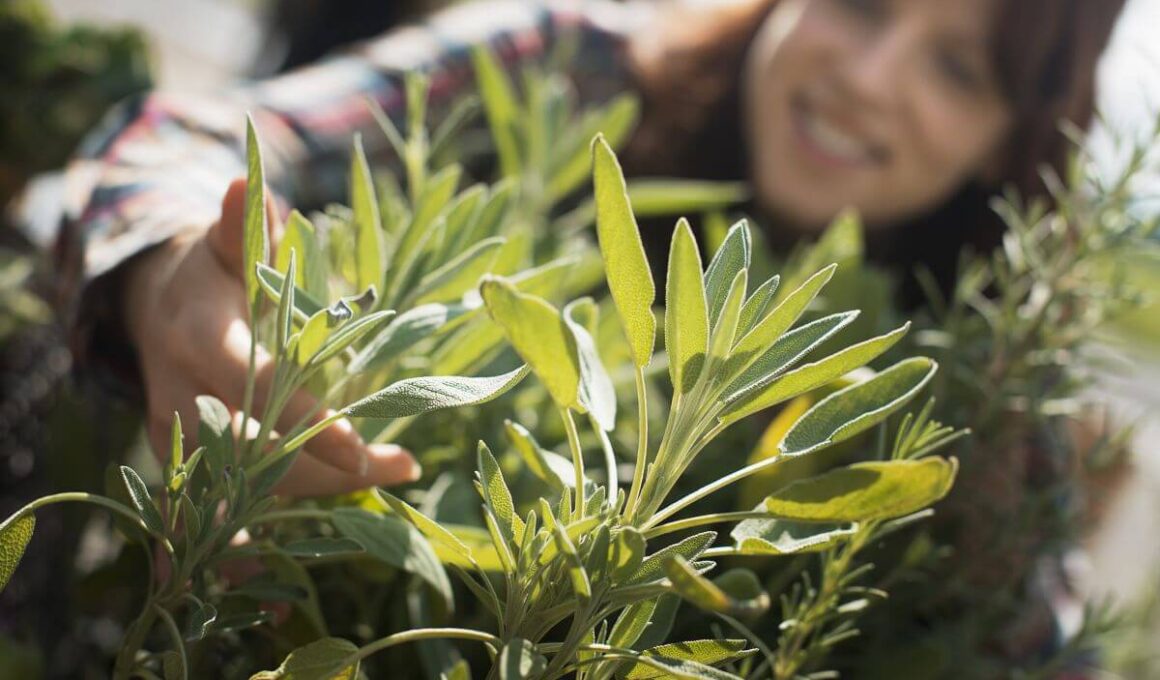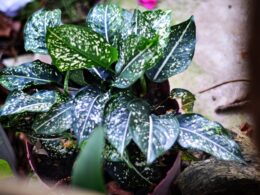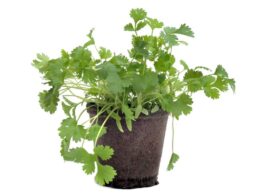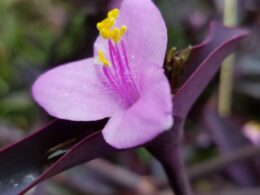What Is Sage? Salvia Species, Characteristics and Origin
Before we jump into sage plant care, let’s get to know it a bit. Sage belongs to the Salvia genus and the Lamiaceae family. There are more than 900 species in this family, which also includes mint, oregano, sagebrush, and thyme. The most common sage species is Salvia officinalis, also known as common sage or culinary sage. It’s an evergreen perennial that’s native to the Mediterranean region.
Sage is a woody shrub with gray-green foliage. The flowers are small and blue, white, or purple. The plant can grow up to 2 feet tall and 3 feet wide. The leaves have a potent, earthy flavor that’s often used in stuffing, sage and onion roast, and sage tea.
Sage Plant Care – Soil Type and Fertilizer
Sage is a hardy plant that can tolerate drought and poor soil conditions. However, it will grow best in well-drained, sandy loam soil with a pH level of around 6-7. If you’re planting sage in heavy clay, you can improve drainage by adding sand or perlite.
Fertilizing is optional in sage plant care, but you may want to do it at the beginning of the growing season. You can use a slow-release flower food or a 1-inch layer of aged compost, covered by straw or wood mulch. Just make sure not to overfertilize, as this can lead to sage that’s leggy and weak.
Sage Plant Care – Watering
Sage is a drought-tolerant plant, so you don’t need to water it very often. In fact, too much water can cause the roots to rot. During the spring and summer, water your sage plants once or twice a week – more frequently if it’s a young plant. Allow the top inch of soil to dry out before watering again. In the fall and winter, you can reduce watering.
How Much Light Sage Plants Need
These plants need full sun to partial shade, which means at least 6 hours of direct sunlight per day. However, if you live in a hot climate, your garden sage will appreciate some afternoon shade to prevent wilting.
Ideal Temperatures and Humidity for Sage Plants
Proper sage plant care indoors includes providing an environment similar to where they grow naturally. The ideal temperature for sage is 60-70 °F during the day and 50-60 °F at night. As long as your sage is getting enough sunlight, it will tolerate lower temperatures just fine.
Sage is a fairly tolerant plant when it comes to humidity, but too much moisture can cause problems. If the air is too humid, your plant will be susceptible to powdery mildew and root rot. To prevent this, make sure your sage has good air circulation.
Harvesting the Sage Herb
All the effort you put into sage plant care will pay off! However, if you’re growing sage from seed or bought a young plant, it will take about a year before it’s big enough to harvest or prune. Once your sage is mature, you can begin harvesting the leaves.
Cut sage sprigs about an inch from the stem, being careful not to damage the plant. You can also harvest sage by pinching off individual leaves as needed.
How to Dry Sage Leaves
Once you’ve harvested your sage, it’s time to dry the leaves – the herb is most potent when it’s dried. There are several ways you can dry sage, including air drying and using a dehydrator.
To air dry sage, tie the sage sprigs together with string and hang them upside down in a dark, well-ventilated room. Alternatively, you can lay the sage leaves on a screen or paper towel in a single layer.
If you’re using a dehydrator, set it to 95 °F and place the sage leaves on the dehydrator racks. Check on the sage every few hours, and once they’re dry, store the leaves in an airtight container.
How to Propagate Sage Plants
If you want to grow more sage plants, the best way to do it is through propagation. You can easily propagate sage from stem cuttings. Here’s how to do it.
- Snip a few inches off an existing sage plant.
- Remove the lower leaves.
- Dip the cut end of the sage in rooting hormone.
- Fill a pot with well-draining soil and insert the sage cutting.
- Water the sage plant and place it in a warm, sunny spot.
- Keep the soil moist but not soggy, and in a few weeks, you should see new growth.
Congratulations – you’ve successfully propagated sage!
Repotting Sage Plants
As sage plants grow, they’ll eventually need to be repotted. Choose a pot that’s about two inches wider than the current one and has drainage holes. Use fresh potting mix and water your sage plant well after repotting.
After a few years, you may want to divide your plant to prevent it from becoming pot-bound. To do this, simply remove the sage plant from its pot and carefully divide the root ball into two or three sections. Replant each sage plant in its own pot, and water well.
Common Problems with Sage Plants
Even if you’re providing the best sage plant care possible, problems can still arise. Here are a few common sage problems.
- Powdery mildew is a white or gray powder that appears on the sage leaves. To prevent it, water sage plants at the base and make sure they have good air circulation.
- Wilting is likely due to too much heat or not enough water. Make sure your sage plants are getting afternoon shade and give it an extra bit of water.
- Sage plants are susceptible to several pests, including aphids, whiteflies, and spider mites. These pests can be controlled with insecticidal soap or neem oil.
And there you have it – everything you need to know about growing sage. With a little care, you’ll be able to enjoy this fragrant herb for years to come.
Do you have any sage-growing tips to share? Let us know in the comments below!



















